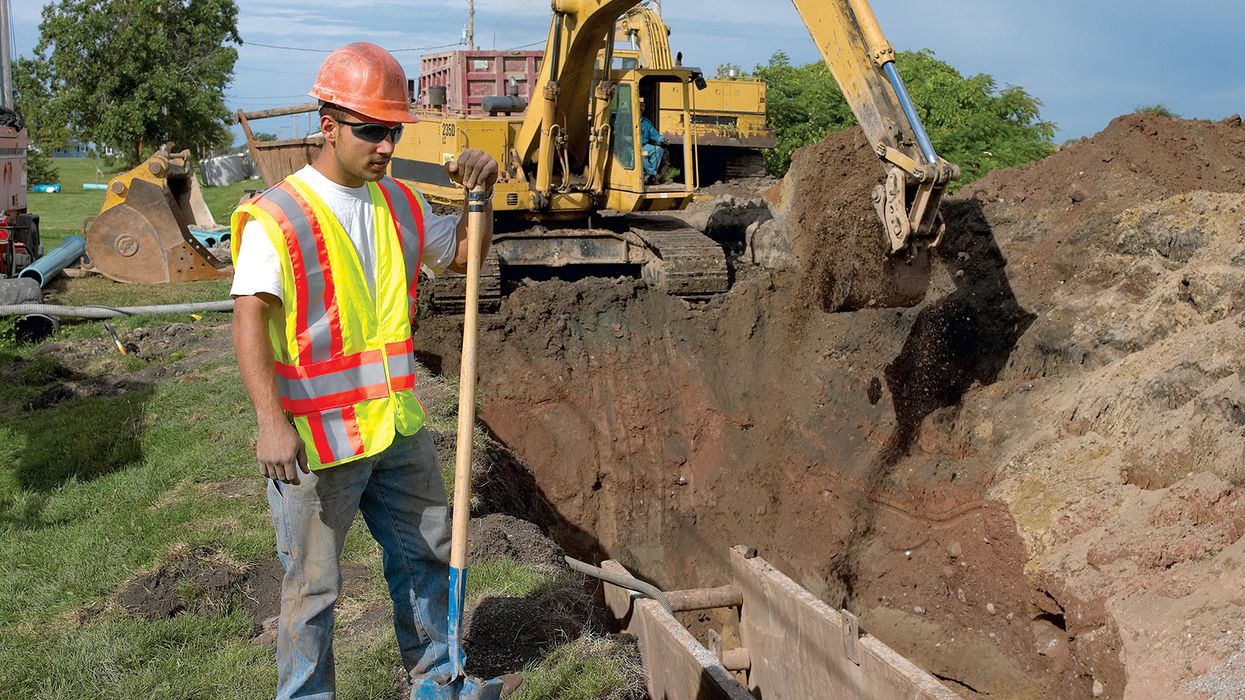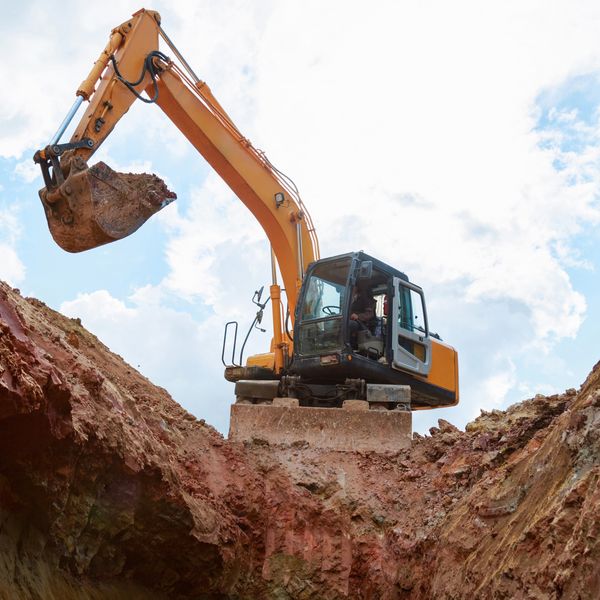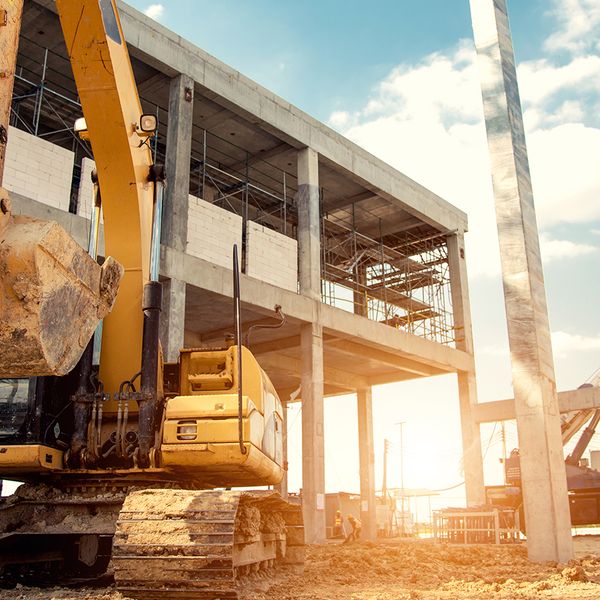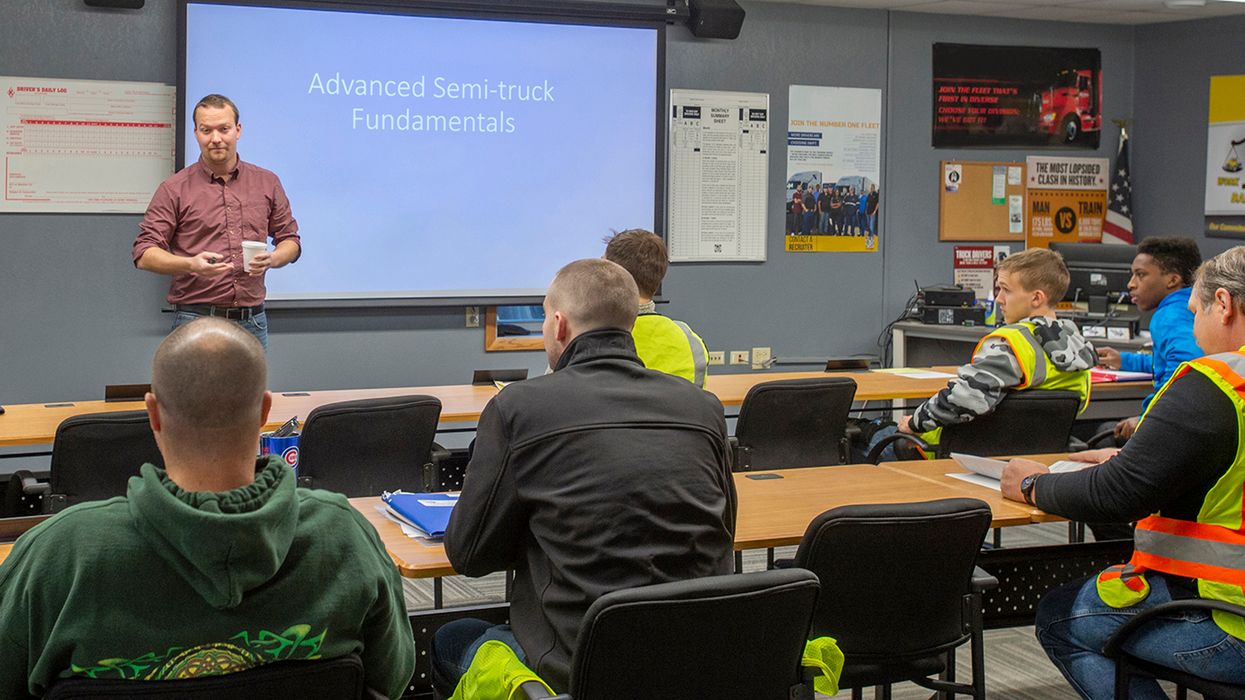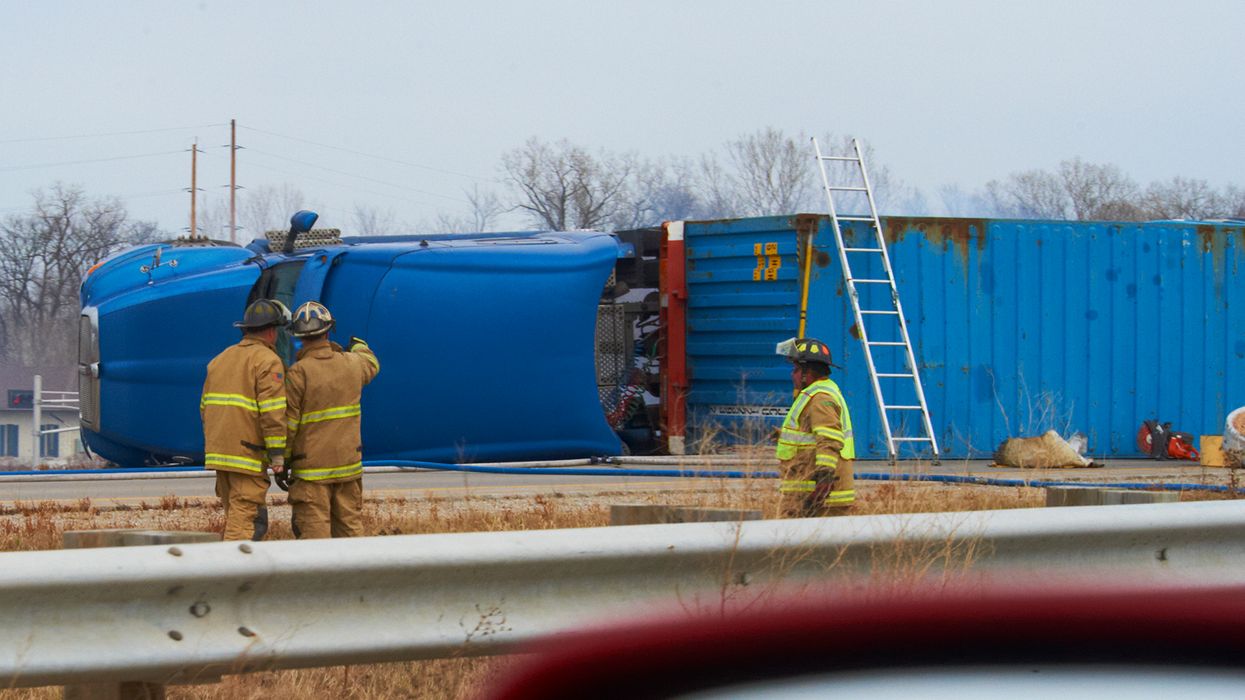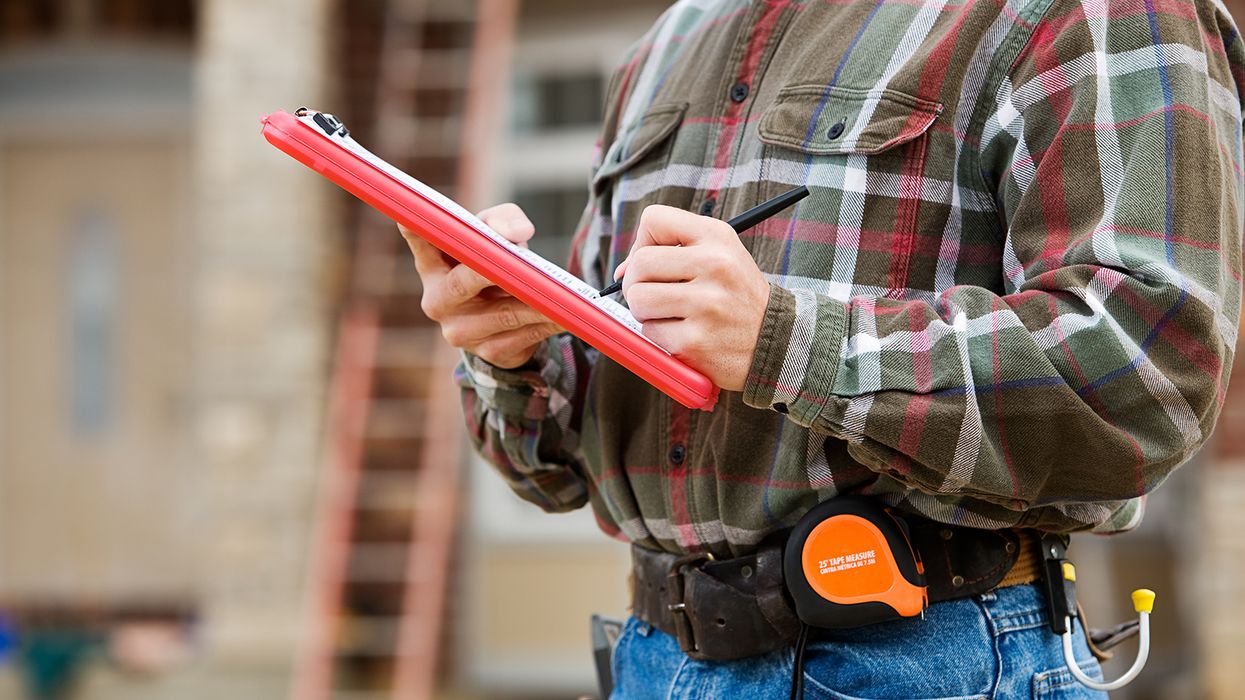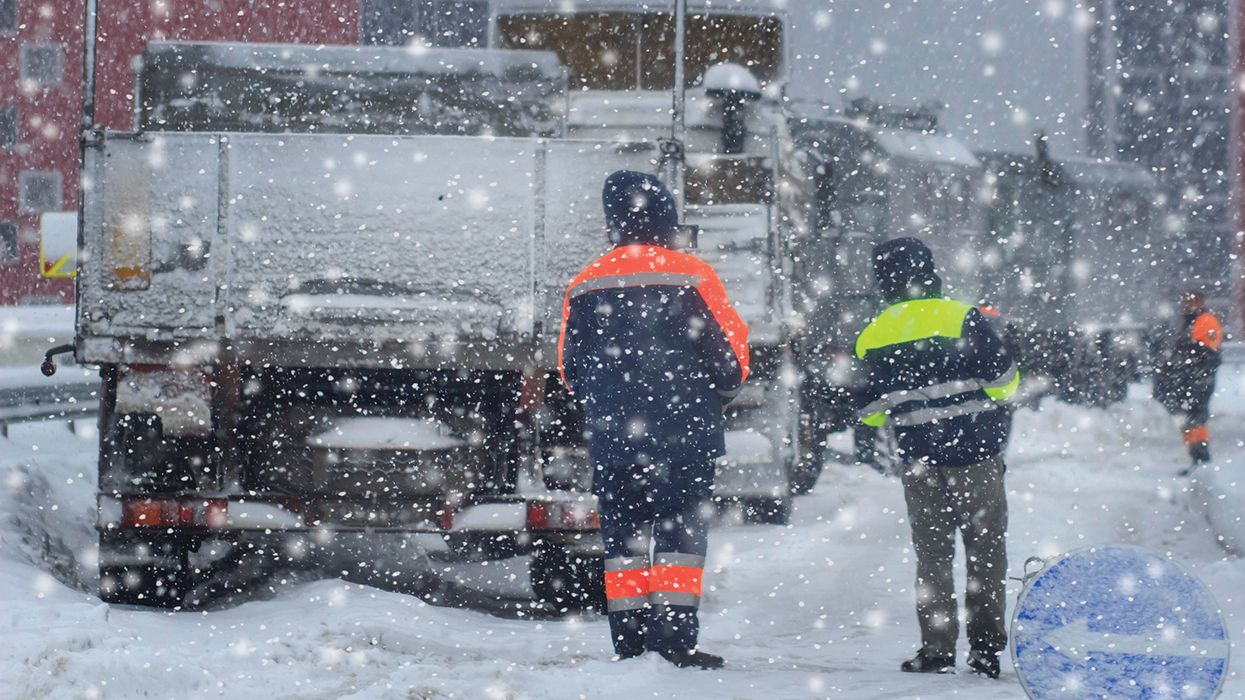Don’t use mechanical equipment in the tolerance zone
Every state has a utility notification system or hotline that contractors use to notify utility and facility owners about their upcoming work. Once made aware of utilities on the jobsite, contractors need to follow the utility owner’s safety protocols while digging near their utilities or structures.
Markings
Facility owners respond to a contractor’s request by marking their utilities and structures on the right-of-way or the jobsite. The contractor uses these ground markings and any available survey maps to verify the utility’s and structure’s locations.
If any utility is within the contractor’s excavation pathway, workers must verify its exact location first. When the utility is underground, this can be hazardous because the contractor must rely on ground markings and survey maps to pinpoint the precise location of the utility, and those aren’t always correct. Crews should use ground-penetrating radar devices to aid their locating efforts.
Hand Digging
Workers must hand dig down to the utility and verify its exact location before using any mechanical means in the tolerance zone. After locating the utility, workers must verify its depth, size, condition, and any sharp bends or turns it makes to avoid contacting it later with mechanized equipment. Workers cannot use mechanical means while digging over the utility or within its tolerance zone.
The tolerance zone is the width of the utility, plus a specified distance from the outer edge of it, which varies in each state. In Michigan, for instance, this distance is 18 inches. For a 6 feet wide duct bank, workers cannot use any mechanical equipment within 4 ½ feet from the utility’s centerline.
Mechanical Means
Workers can use mechanical means outside the tolerance zone. Still, they should angle their excavation cuts in a particular manner so dirt from the tolerance zone slides into the excavated area. This method will minimize the amount of hand digging that’s needed.
Hard surfaces, like concrete and asphalt, should be cut into smaller pieces using a saw. Workers can pry up and remove these pieces to expose the softer ground below the hard surface. Workers can use a digging spade in the tolerance zone, but they must avoid contacting the utility while using one.
Some states allow workers to use mechanical means to remove the hard surface, but they must be careful. The utility could be in the sidewalk’s or roadway’s gravel base instead of buried below it. This is a common issue with older utilities installed before modern building codes took effect.
Key to remember
Workers must not use mechanical means while digging in a utility’s tolerance zone. Instead, they must hand dig down to the utility to verify its exact location before using any mechanical means to dig within the tolerance zone.

